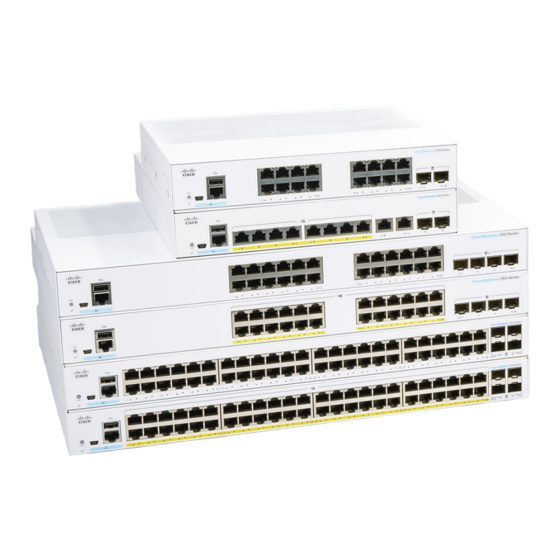15
In the Network window, click OK.
16
If you are not connected to a DHCP
server, double-click My Computer,
Control Panel, and Network. Click the
Protocols tab and select TCP/IP and
Properties. Select Specify an IP address
and enter the IP Address, Subnet Mask,
and Default Gateway address of your
computer. Click OK.
17
When prompted, click Yes to reboot the
computer.
Windows NT Systems
Note: With Windows NT, install the PC
card client adapter with the computer off.
1
After installing the PC card client
adapter, turn the computer on and wait
for Windows NT to fully start.
2
On your computer desktop,
double-click My Computer, Control
Panel, and Devices. Scroll down and
select Pcmcia. Click Startup, select
Automatic, and click OK.
Note: Also ensure that the Cardbus
protocol for PC cards is deselected.
3
Insert the Client Adapter CD for
Windows 95 and Windows NT into
your CD-ROM drive.
4
Double-click My Computer, Control
Panel, and Network.
5
Click the Adapter tab and select Add.
6
In the Select Network Adapter window,
click Have Disk.
7
In the Copy files from box, enter the
letter of your CD-ROM drive (for
example: D:\) and click OK.
8
In the Select OEM option box, select the
PCMCIA option and click OK.
9
From the Adapter Setup window, select
Client Name and enter your computer's
unique name in the Value dialog box.
10
Select SSID. Enter your Access Point's
(case-sensitive) SSID in the Value dialog
box.
11
Select the IRQ number obtained from
your system administrator.
12
Click OK and then Close.
13
The TCP/IP Properties windows should
open. If not, double-click My Computer,
Control Panel, and Network. Select
Protocols > TCP/IP > Properties.
(a) If you are connected to a DHCP
server, select Obtain an IP address
from a DHCP server.
(b) If you are not connected to a DHCP
server, select Specify an IP address
and enter the IP Address, Subnet
Mask and Default Gateway address
of your computer. Click OK.
14
When prompted to shutdown and
restart your computer, remove the
CD-ROM disk and click Yes.
5

